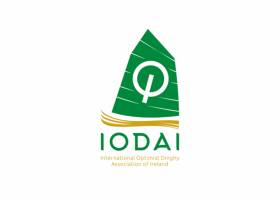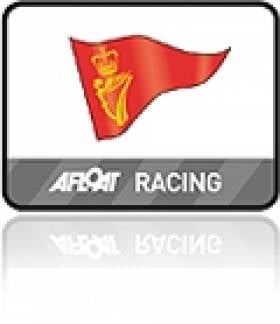Displaying items by tag: thomas chaix
Optimist Spring Training Dates Set For 2020 In Baltimore
16-21 February are the dates to save for Optimist Spring Training at Baltimore Sailing Club in West Cork.
This year the class has teamed up with freelance dinghy performance coach Thomas Chaix to work collaboratively on training sessions to kick off the season — riding high on the international success of Oppy helms like Rocco Wright.
And at the end of the week the assembled Optimist sailors have their pre-trials regatta.
On the social side, IODAI has organised a movie night at Casey’s Hotel and an end-of-week disco with the opportunity for parents to relax and meet up for a meal.
Registration for 2020 Spring Training is now available online. For more details contact Mandy at [email protected] see the IODAI website.
Laser Training Starts at Royal Cork
Following a detailed briefing on the Club's Autumn and Winter schedule, Thomas Chaix outlined the Irish Sailing Association programme for the coming year. This includes club, regional and academy training options available designed to prepare the fleet for the first major of next year - the Munsters in Baltimore at Easter.































































